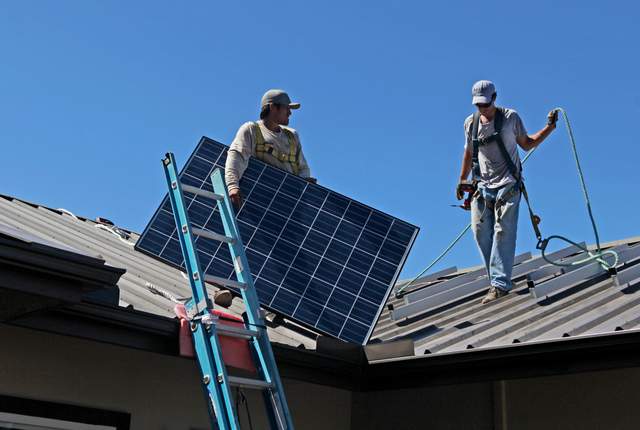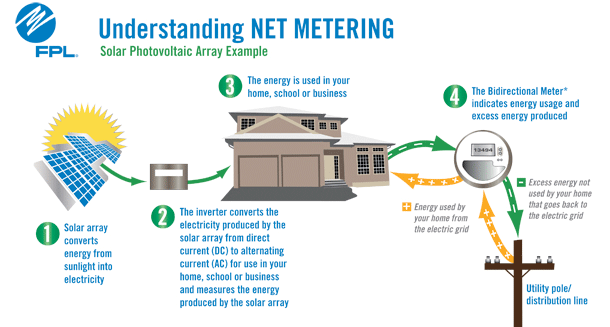March 9, 2015 – In an article posted on March 7, 2015 in the Washington Post, Joby Warrick writes about energy companies and what they perceive to be a dire threat.
No it’s not climate change.
No it’s not hackers shutting down the grid.
No it’s not declining freshwater resources.
No it’s not the anti-nuclear movement.
No it’s not the shutting down of coal-fired power plants.
Nor is it increasing energy demand.
Instead it’s the rapid expansion of residential rooftop solar panels.
Huh????
Yes, folks….that is the existential threat as described by David K. Owens, Executive Vice President, Business Operations, at the Edison Electric Institute. In a 164-page document that is both a call to arms and an instruction manual for disrupting the move to solar by homeowners, Owens argues that distributed power generation, that is power produced by individual customers, will push utilities into obsolescence unless they fight back.
From Owens’ perspective the rise in local distributed power generation is an unanticipated paradigm shift. The utilities that currently face the shuttering of their coal-fired power plants within the next two decades must now look at how they cope with energy being produced by their customers rather than energy they send to them. This means a rebuild of the grid to make it bi-directional. That is just one of many cost factors that are making rooftop solar a disruptive game changer.
Hence the dire warnings of Owens. For the industry local power generation by customers means less revenue for the utility. It means energy companies have to buy the excess power produced from residential solar installations at regulated rates. It means having to raise the cost of energy they produce to offset the lost revenue further driving customers to consider solar to offset the increases. This is a death spiral for the power companies and hence they are enlisting governments and agencies to allow them to impose surcharges. The rationale is simple. Pay us to keep the grid up-to-date or else. Through a surcharge collected from residential solar power generators, the utility can offset their losses from net metering, the current billing mechanism that gives customers the means to receive credits when the excess energy they produce gets added to the grid.
Many utilities have been reluctant to hook up bidirectional metering when solar panels are installed on residential homes. Many have felt the force of government regulation enforcing the installation of the necessary bidirectional technology.
From the utility’s perspective they feel they are caught in a Catch-22. They must continue to produce power for all customers. They must continue to maintain the grid. They must buy what residential solar capacity produces in excess. And they must accept lower revenue from those who produce this energy.
But it’s not a Catch-22. The energy companies have had a virtual monopoly on local power generation for more than a century. The threat of climate change, first described in the 1950s, has done little to modify their behaviour and business practices. They continue to use greenhouse gas generating fossil fuels to produce power. They continue to receive protection on pricing that ensures their profits. Their investments in the grid have declined over the years and the consequences of their neglect is reflected in the toll on transmission lines and other essential infrastructure threatened by recent extreme weather events associated with climate change.
The Owens’ document provides an implicit warning. Either the energy companies recover the lost revenue from solar-power generating customers, or pass the costs of maintaining the grid to those customers who cannot afford to put panels on their roofs. In other words, make energy more expensive for those who are the poorest. After all the real challenge in Owens’ argument is “how do you grow earnings in this environment?” It’s not “how to modernize power generation in light of climate change and the move to distributed energy power generation where utilities are partners in a new energy paradigm?”
The call to action is to lobby and line the pockets of legislators and regulators to enlist their help in stopping the transition to residential solar.





















